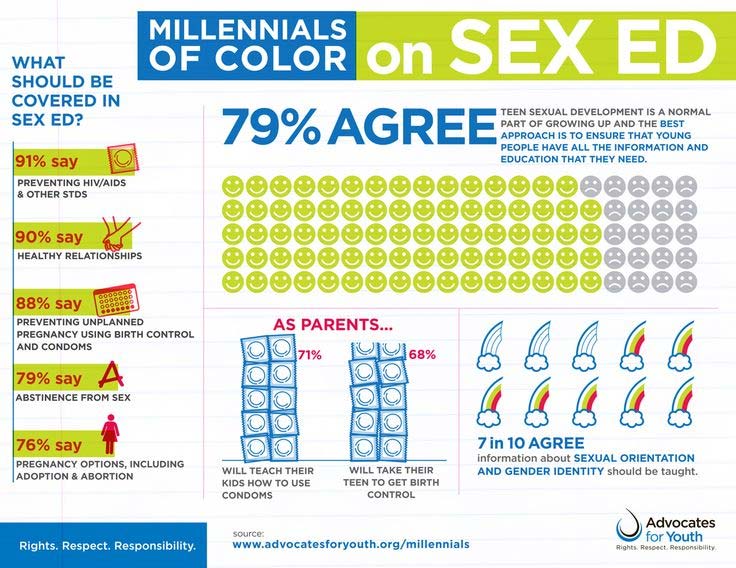Sexual Health among Young Men
There are many issues regarding sexual health among young male and male teens. With an aim to help the health care providers to enhance the usage of sexual and reproductive health care among this specific age group, John Hopkins researchers conducted a study.
The study aimed at gaining a better understanding about the sexual health issues among young male.
The researchers made a dozen focus groups combined of 70 straight and gay/bisexual African-American and Hispanic males.
All of the males used for the study belonged to age group of 15-24. The report was published in the Journal of Adolescent Health on Jan 6.
According to the investigators, the report revealed about the various critical influences of these young males’ social ecology regarding their usage of such care. It included the importance of personal experience along with the social interactions with their loved ones and health care providers.
Some of the common barriers among young men are being afraid of sexually transmitted infection testing, their options in the providers they observe, and being ignorant of the clear message on the reasons to access such health care.
Important Insights Revealed by the Research
The focus groups were monitored by the group of trained male staffs with matching race/ethnicity. The whole study provided an important insight on how the reproductive health care was not well-set up for serving the male’s reproductive health, according to Arik Marcell, the associate professor at the Johns Hopkins University. He also added that few men have received sexual and reproductive care (SRH).
The reason was because few clinical guidelines have emphasized on the care that should be delivered to this population group. Some public health care professionals have also focused on an engaging male in SRH.
In an attempt to document the direct perception of the male participants about the use of SRH, the researchers conducted 60-90 minute focus group discussion. Among the participants, 66% were African Americans, whereas remaining participants were Hispanic. 84% of the participants were heterosexual while the rest was either gay or bisexual.

The participants were recruited from eight community settings across Baltimore, and they were from faith-based organizations, LGBT community, and recreation centers. Eight focus groups were organized in the English language and other four groups in the Spanish language.
The research team said that 38 out of 70 participants had a regular source of health and care insurance. It was the results of a 5-minute self-administered questionnaire.
The majority of the participants (47 out of 70) in the last year reported that they had a physical exam. Among them, 35 reported that they received HIV testing while the rest reported that they received a test for sexually transmitted disease (STI).
Some of the participants in the focus group shared their beliefs that they were using condoms for protection, and there was no need for STI testing while some others considered testing based upon their self-assessed participation in a risky activity.
Many in the group also expressed their opinions saying there was no need for STI test as long as there are no physical symptoms. Some of the men wanted someone to talk about their reproductive health, and they viewed their mother and health care providers as someone they could discuss the issues.

However, some adolescent male did not always have information about the place to visit for sexual and reproductive health care, and they reported that they were relying on their friends.
Some participants also said that there was a need of a higher self-confidence when discussing the topic like sexual health. In the focus group discussion, heterosexual adolescent male participants preferred female providers if there was a choice; Hispanic males preferred Spanish-speaking providers, whereas gay/bisexual male wanted a provider who would not judge them on the basis of their sexual orientation.
Some other barriers found out from this study were costs, waiting time at clinics, and privacy concerns. After analyzing the results from this study, we can say that there is no particular reason behind the low usage of SRH among young men.
According to the Marcel, it is necessary to work at multiple levels to solve this problem rather than focusing on an individual level.
Final Verdict
In the society where males’ sexual and reproductive health care is regarded as a less important thing, this study can help to change the perception of the society to some extent. It can help the people to understand that sexual and reproductive health care is not only for women.
It is a difficult task to solve the problem if the causes behind the problem are not known. However, it becomes far easier to solve the problem when the causes behind the problem are known.
The findings from this study can play a crucial role in the future to improve the sexual and reproductive health of young men in the future.









 This article changed my life!
This article changed my life! This article was informative.
This article was informative. I have a medical question.
I have a medical question.
 This article contains incorrect information.
This article contains incorrect information. This article doesn’t have the information I’m looking for.
This article doesn’t have the information I’m looking for.